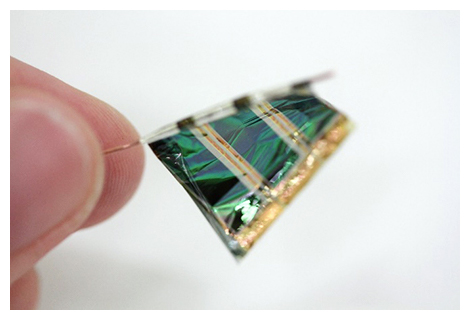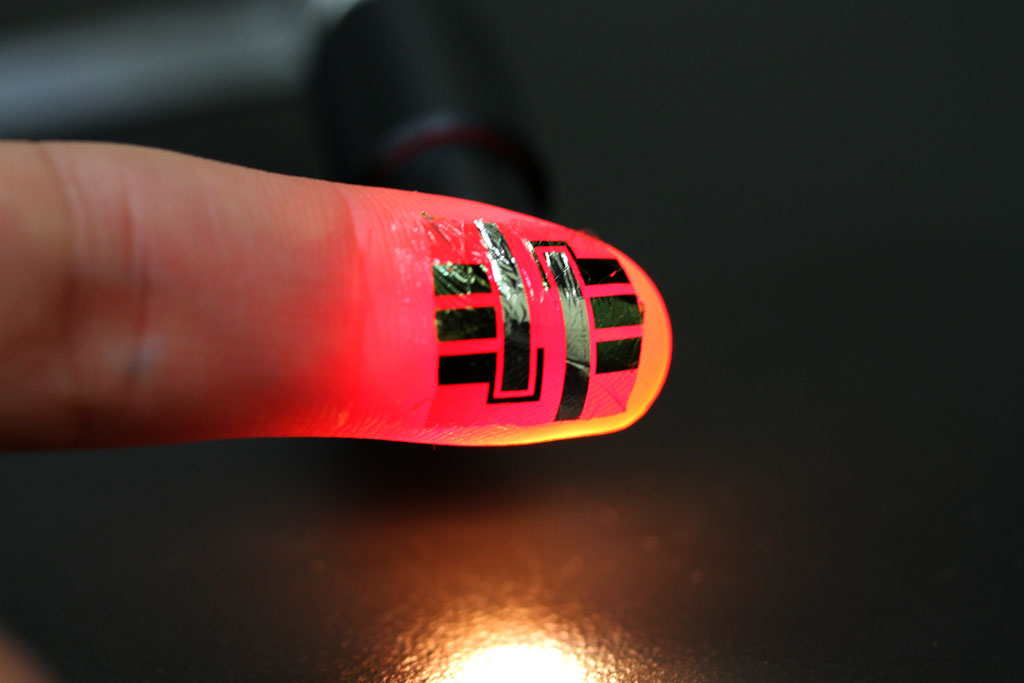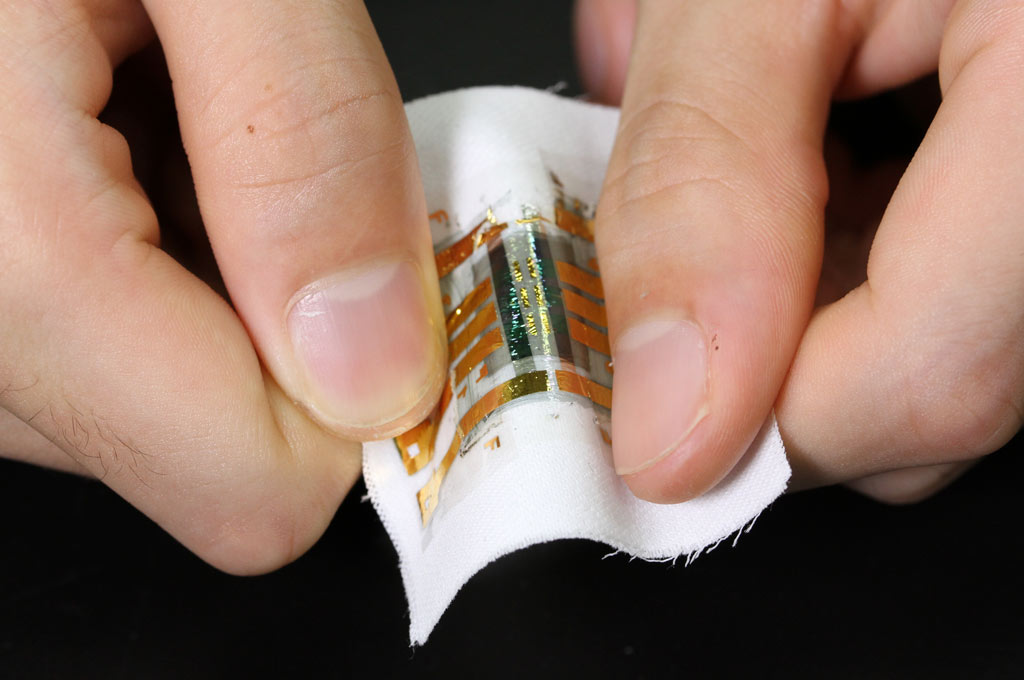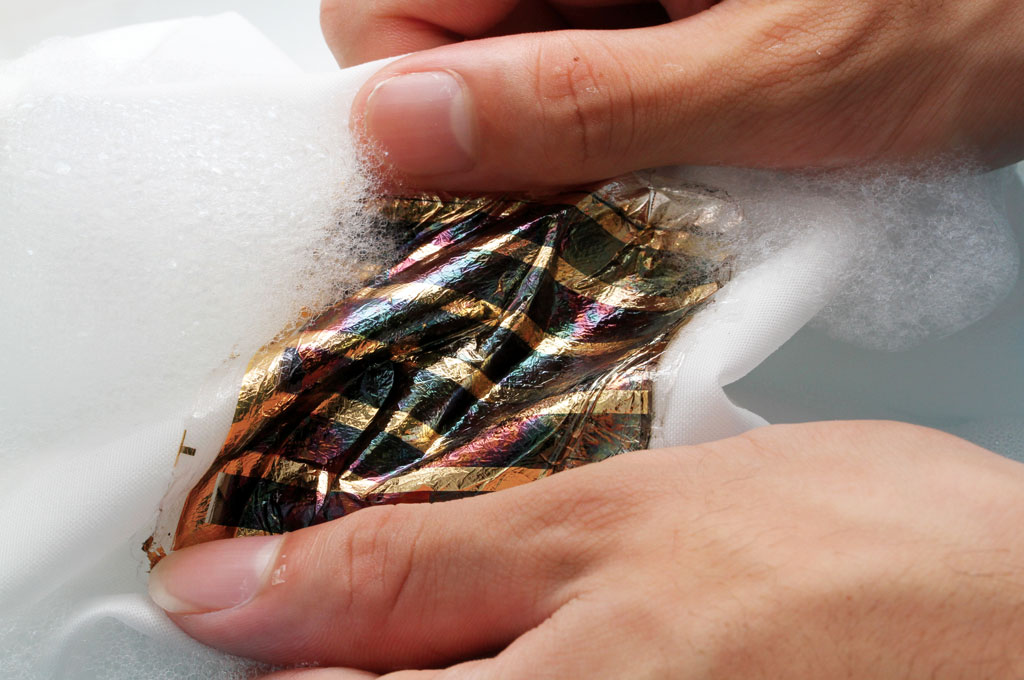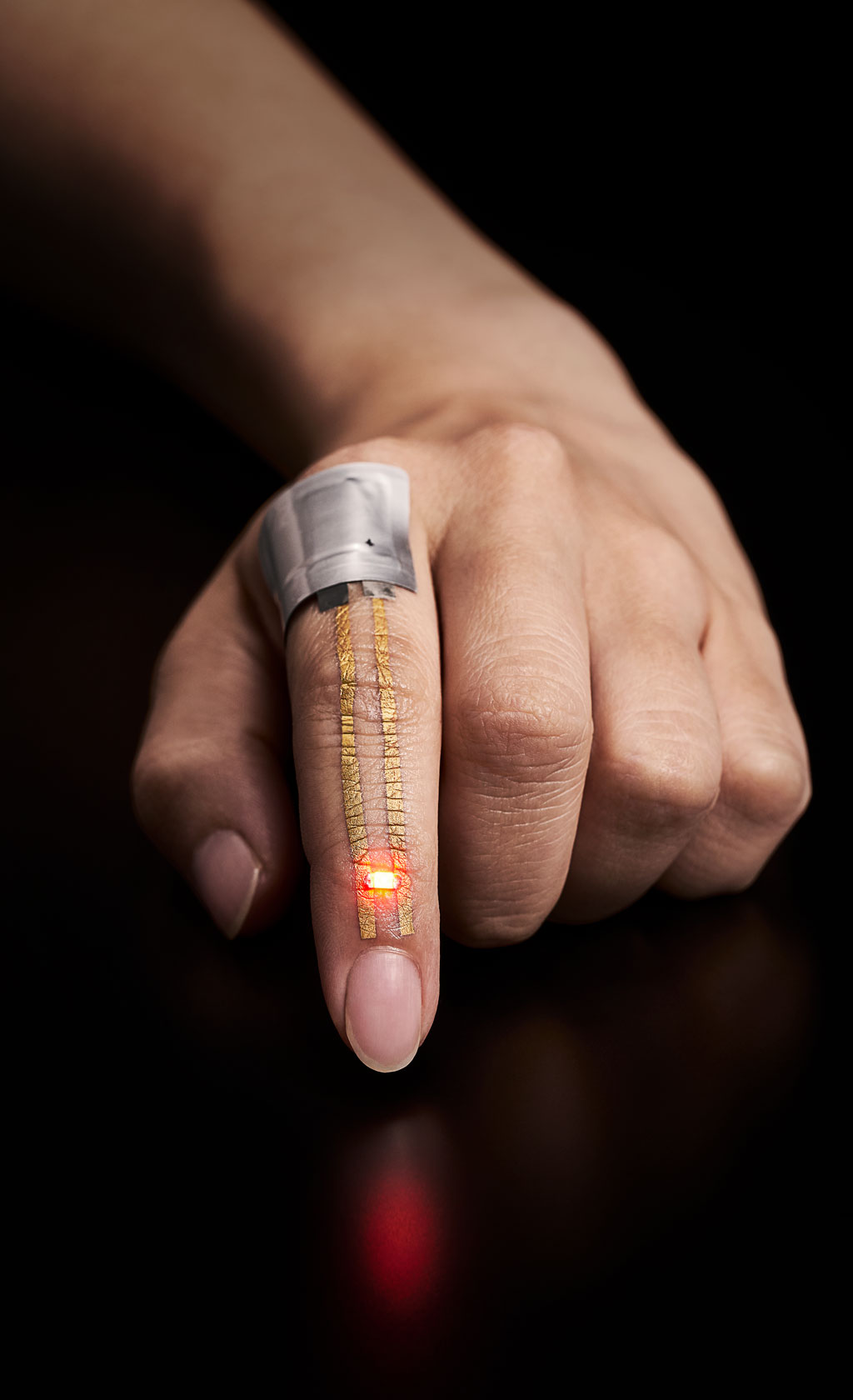
Electronics is expected to support the foundation of highly develop ICT such as Internet of Things (IoT), artificial intelligence (AI), and robotics. In addition to improve the computing speed and storage capacity, it is required to minimize negative impact of machines on environment and simultaneously to realize the harmony between human and machines. We make full use of the novel soft electronic materials such as novel organic semiconductors in order to fabricate emergent thin-film devices and, subsequently, to realize emergent soft systems that exhibit super-high efficiency and harmonization with humans. The new soft systems have excellent features such as lightweight and large area, which are complimentary to inorganic semiconductors, are expected to open up new eco-friendly applications.
Ultraflexible, high-performance and stable organic solar cells
One of the requirements of the Internet of Things—referring to a world where devices of all sorts are connected to the Internet—is the development of power sources for a host of devices, including devices that can be worn on the body. These could include sensors that record heartbeats and body temperature, for example, providing early warning of medical problems. In the past, attempts have been made to create photovoltaics that could be incorporated into textiles, but typically they lacked at least one of the important properties—long-term stability in both air and water, energy efficiency, and robustness including resistance to deformation—that are key to successful devices.
We have developed an ultraflexible organic photovoltaic (OPV) that achieves sufficient thermal stability of up to 120 °C and a high power conversion efficiency of 10% with a total thickness of 3 μm. Additionally, our ultraflexible organic solar cells exhibit prolonged device storage lifetime to >2,000 h at room temperature. Our ultraflexible OPVs possessing extraordinary thermal durability allow a facile bonding onto textiles through the hot-melt adhesive technology.

(Left) Ultraflexible organic solar cells manufactured on a 1 μm-thick plastic film.
(Right) Photograph of the washing process for the devices conforming to a dress shirt.



